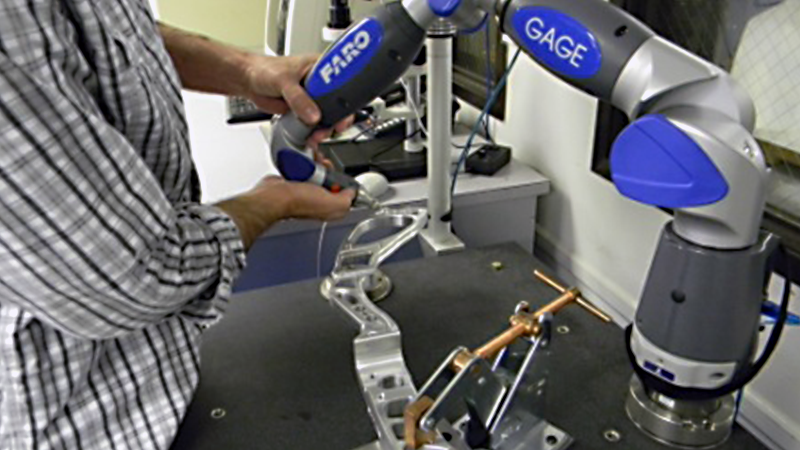A family-owned business from the start, the story of G5 Outdoors began in 1966. Louis Grace Sr. founded Grace Engineering in Memphis, Michigan with the principle of “Precision Products through Innovative Manufacturing.” Over the years, the company as grown and become known for developing innovative manufacturing practices and quality products.
Mr. Grace Sr. emphasized the importance of quality assurance in manufacturing with the mantra of, “You are only as good as you can measure.” The level of manufacturing expertise rises only to the level of the quality department’s ability to check a part. To this day, both G5 and Grace Engineering adhere to this philosophy by continuously honing their measuring skills to keep up with the latest techniques and equipment. Harnessing and nurturing innovation in everything they do as a company is the essence of their existence.
In 2000, Louis Grace Jr. filed for a patent using metal injection molding, or Monoflow Technology, to manufacture a broadhead for the archery industry. A year later, G5 Outdoors was born as the proverbial “better mousetrap” as an all-steel broadhead.
The company slogan of “Designed to Hunt” captures their spirit of design and their passion for bowhunting. G5 continues with the mission of building bows with the highest level of craftsmanship and quality in the industry at a good price, to use game-changing technology that creates new standards for accuracy and innovations not seen before in the archery industry.
Problem
As you could imagine, the parts G5 produces offer unique shapes and sizes and can be very prohibitive, cumbersome, and time consuming for standard inspection techniques. These parts vary in size from the quite small (.125” diameter x 3/8” long) to much larger, heavier, and more complex-shaped parts (up to 34” long and weighing up to approximately 15 pounds each). It is these larger parts that provided the need and impetus for the company to look for additional inspection options.
Prior to this, G5 used a variety of typical traditional measurement methods such as hand gauges, surface plates and height gauges, optical comparators, and other similar options. Each of these suffered from a combination of not fast enough, not capable, or too complicated to set up.
Solution
“We considered a bridge-type CMM to provide the additional inspection capabilities that older technologies could not satisfy,” said Jeff White, G5’s Quality Manager. “But as much as we needed to maintain quality, we were not overly anxious to put out a large capital outlay for a fixed CMM that was big enough for our needs.”
The solution to that restraint was to implement a portable CMM from FARO, the FARO Gage. The Gage has improved G5’s capabilities and met their needs in multiple ways. The device is very easy to use by both operators and inspectors and the software is easily interpreted and used for writing new measurement programs.
“We really like the fact that we can move the Gage out to the machining operation and check a part, a tool, a fixture, or anything that we need to without removing anything from the machine,” said Mr. White. “This is really a great asset in quickly and accurately verifying our processes and setups.”
G5 is still expanding their uses of the FARO Gage even beyond the shop floor. With its basic ease of use, the Gage has been readily accepted by everyone at both G5 and Grace Engineering and they look forward to discovering additional uses as everyone gets even more comfortable with the technology.
The company uses FARO for their incoming inspection of supplier parts as well as during the continued machining of those parts. It is used for all inbound shipments of raw material, for in-process inspection, as well as future product development, problem solving, and process development of tooling and fixtures.
“We are able to measure, report, and quantify items on parts for our operators and our suppliers much more quickly and accurately than we could with other inspection methods,” said Mr. White. “This results in better overall quality and throughput.”
Return on Investment
The incoming inspection of bow riser forgings, for example, took 1-2 hours per batch to inspect the primary concerns of forging flatness and straightness. Using the FARO Gage, these same inspections can be done in 15-30 minutes maximum. That is a tremendous time savings. The estimated time and money savings for G5, just on these incoming forging inspections, have been multiple hours and at least $5,000 in just a couple of months.
“For G5, we can see that the information we are gaining using FARO will allow us to perfect new applications and acquire even more jobs,” said Mr. White. “The time savings and more accurate feedback we’ve gained since implementing FARO has greatly improved our processes and our capabilities.”
